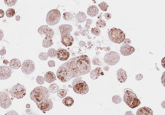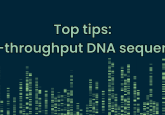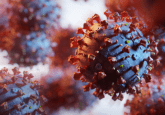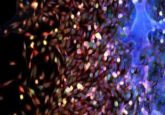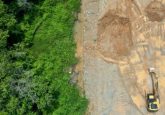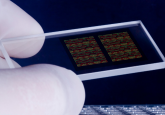Novel technique detects early DNA mutations

A new long-read sequencing technique has helped researchers investigate how DNA mutations arise in a variety of contexts.
A collaboration of researchers led by NYU Langone Health and NYU Grossman School of Medicine (both NY, USA) has developed a novel single-molecule, long-read sequencing technique called HiDEF-seq that can detect single-strand DNA mutations, which are the earliest signs of genetic mutations. They hope to use the technique to investigate how mutations arise, particularly in cancer and aging.
DNA is replicated each time a cell divides, which in humans occurs nearly two trillion times a day. With so many replications, it’s no surprise that mistakes occur and mutations arise. Most changes are fixed by repair mechanisms, but those that don’t result in mutations. Many mutations are harmless and have no effect; however, some can cause diseases, such as cancer.
Researchers believe that most mutations start as nucleotide mismatches or damage in one of the two strands of the DNA, and if the cell fails to repair them, then the changes are at risk of becoming permanent double-strand mutations. However, these single-strand mutations cannot be detected using current techniques.
To address this, the researchers developed a new single-molecule, long-read sequencing technique for detecting DNA mutations, called hairpin duplex enhanced fidelity sequencing, or HiDEF-seq. The technique can recognize base substitutions when present in either one or both of the strands, unlike other techniques.
“Our new HiDEF-seq sequencing technique allows us to see the earliest fingerprints of molecular changes in DNA when the changes are only in single strands of DNA,” commented senior author Gilad Evrony.
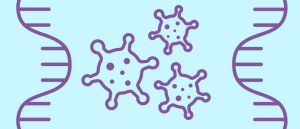 tARC-Seq reveals mechanisms driving mutations in COVID-19
tARC-Seq reveals mechanisms driving mutations in COVID-19
A new, less error-prone approach to sequencing Sars-CoV-2 genomes has revealed key information on factors responsible for the development of new COVID-19 variants.
The team then used HiDEF-seq to investigate how mutations arise. They profiled 134 samples from diverse tissues, including individuals with conditions that predispose them to cancer, such as polymerase proofreading-associated polyposis (PPAP), a hereditary condition linked to a higher risk of colorectal cancer, and congenital mismatch repair deficiency (CMMRD), another hereditary condition that increases the chance of developing various cancers in children.
They found a higher number of single-strand DNA changes in the cells of people with either syndrome, compared to those without. Moreover, these single-strand changes were similar to those observed in the double-strand DNA mutations for individuals with either syndrome.
The researchers also used HiDEF-seq to analyze human sperm, which have among the lowest double-strand mutation rates of any human cell type. They discovered that the pattern of cytosine deamination, a common type of chemical damage, in single strands of DNA in sperm closely resembled the changes seen in blood DNA deliberately damaged by heat. This suggests that the two forms of chemical damage, one natural and one induced, occur through a similar mechanism.
The researchers hope that they can use HiDEF-seq to further investigate single-strand DNA changes and better understand how mutations arise in a variety of contexts.
“Our long-term goal is to use HiDEF-seq to create a comprehensive catalogue of single-strand DNA mismatch and damage patterns that will help explain the known double-strand mutation patterns,” commented Evrony. “In the future, we hope to combine profiling of single-strand DNA lesions, as obtained from HiDEF-seq, with the lesions’ resulting double-strand mutations to better understand and monitor the everyday effects on DNA from environmental exposures.”
